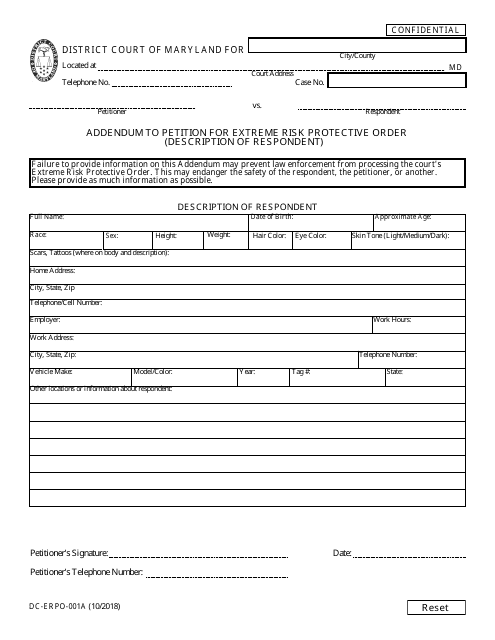

#EXTREME RACE PROTECTION ORDER TEXAS HOW TO#
Institutionalising processes that lead to fair and just outcomes is challenging, but vitally important.Ĭhoices being made now about how to respond to SLR profoundly influence the trajectory of future exposure and vulnerability to SLR. Difficult trade-offs are therefore inevitable when making social choices about rising sea level. The resultant impacts on distinctive cultures and ways of life could be devastating. Millions of people living on low-lying islands face this prospect, including inhabitants of Small Island Developing States (SIDS), of some densely populated but less intensively developed deltas, of rural coastal villages and towns, and of Arctic communities who already face melting sea ice and unprecedented changes in weather. Avoiding new development commitments in areas exposed to coastal hazards and SLR also avoids additional risk.įor those unable to afford protection, accommodation or advance measures, or when such measures are no longer viable or effective, retreat becomes inevitable. In coastal locations where the risk is very high and cannot be effectively reduced, ‘retreat’ from the shoreline is the only way to eliminate such risk. Land can be reclaimed from the sea by building outwards and upwards. SLR can also be ‘accommodated’ by raising buildings on the shoreline, for example.

Maintaining healthy coastal ecosystems, like mangroves, seagrass beds or coral reefs, can provide ‘soft protection’ and other benefits. Such protection produces benefits that exceed its costs in low-lying coastal areas that are densely populated, as is the case for many coastal cities and some small islands, but in general, poorer regions will not be able to afford hard protection. ‘Hard protection’, like dikes and seawalls, can effectively reduce risk under two or more metres of SLR but it is inevitable that limits will be reached. SLR, as well as the context for adaptation, will vary regionally and locally, thus action to reduce risks related to SLR takes different forms depending on the local circumstances. Without ambitious adaptation, the combined impact of hazards like coastal storms and very high tides will drastically increase the frequency and severity of flooding on low-lying coasts. Even if efforts to mitigate emissions are very effective, ESL events that were rare over the last century will become common before 2100, and even by 2050 in many locations. It could rise to more than 3 m by 2300, depending on the level of GHG emissions and the response of the AIS, which are both highly uncertain. However, a rise of two or more metres cannot be ruled out. It is likely to rise 0.61–1.10 m by 2100 if global GHG emissions are not mitigated (RCP8.5). Scientific evidence about SLR is clear: GMSL rose by 1.5 mm yr -1 during the period 1901–1990, accelerating to 3.6 mm yr -1 during the period 2005–2015. However, many coastal communities are still not sufficiently adapted to today’s ESLs. storm surges, tropical cyclones), coastal erosion and salinisation). Measures are being taken to address coastal hazards exacerbated by rising sea level, such as coastal flooding due to extreme events (e.g. Many coastal communities have started to consider the implications of SLR.

Sustainable development aspirations are at risk because many people, assets and vital resources are concentrated along low-lying coasts around the world. Global Mean Sea Level (GMSL) is rising and it will continue to do so for centuries. Reducing greenhouse gas (GHG) emissions would not just reduce risks, but also open up more adaptation options. Choices made today influence how coastal ecosystems and communities can respond to sea level rise (SLR) in the future. However, all measures have their limits, and once these are reached people may ultimately have to retreat. Communities can also adjust by reclaiming land from the sea and adapting buildings to cope with floods. Protection can be achieved by building dikes or seawalls and by maintaining natural features like mangroves or coral reefs.

Andrew Mackintosh (Australia, New Zealand)įAQ 4.1: What challenges does the inevitability of sea level rise present to coastal communities and how can communities adapt?Īs the global climate changes, rising sea levels, combined with high tides, storms and flooding, put coastal and island communities increasingly at risk.Ricardo Safra de Campos (United Kingdom).


 0 kommentar(er)
0 kommentar(er)
